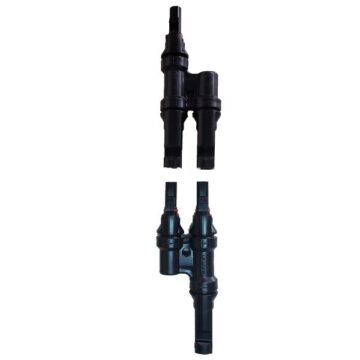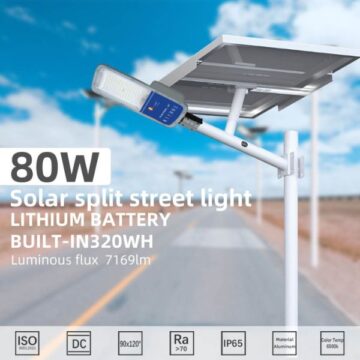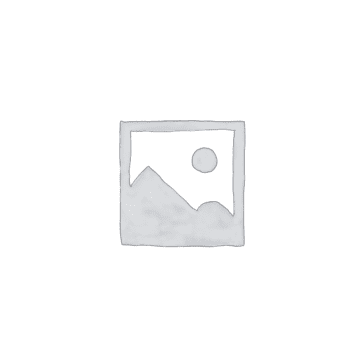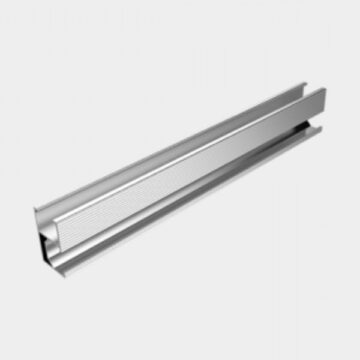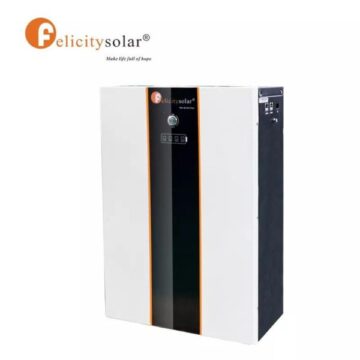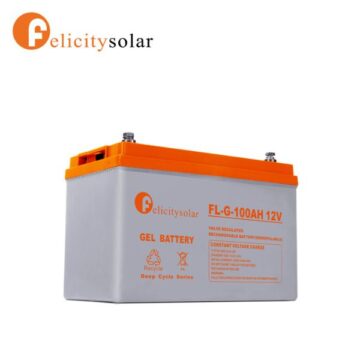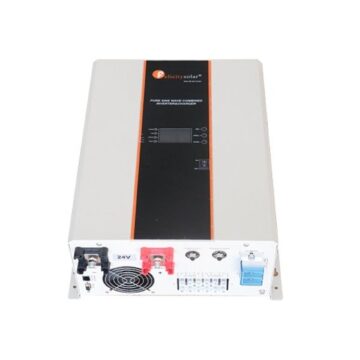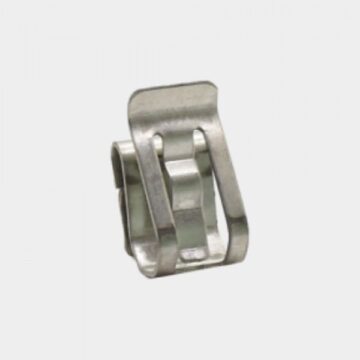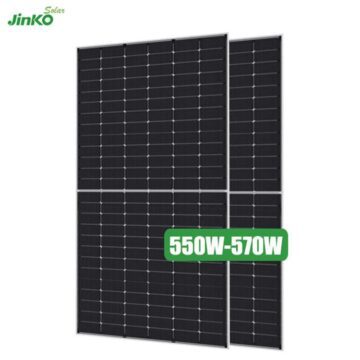Whether a solar power system is grid-connected, off-grid, or hybrid, a solar inverter is an essential part of the setup. Its main purpose is to change the direct current (DC) electricity produced by solar panels into alternating current (AC) electricity, which is used to run appliances and other electrical equipment in homes, companies, and other loads. Get Felicity 5kwh Solar Power Inverter in Kenya from Happy Solar System today. Buy online HERE. You can also reach us by Call/Text/WhatsApp: 0741 163020

Quality of a Good Solar Inverter in Kenya
The overall effectiveness and dependability of a solar power system depend greatly on the quality of the solar power inverter. Consider the following elements when assessing and choosing a solar inverter to see if it passes the standards for a high-quality inverter:
1. Efficiency: A high-quality solar inverter should have high-efficiency ratings. Efficiency refers to how effectively the inverter converts DC electricity from solar panels into AC electricity for use in your home or business. Look for inverters with efficiency ratings exceeding 95% to minimize energy losses during conversion.
2. Reliability and Durability: Reliability is crucial. Look for inverters from reputable manufacturers with a track record of producing reliable products. Durability is also important, as the inverter will be exposed to outdoor elements. Quality inverters are built to withstand weather conditions, including rain, humidity, and temperature extremes.
3. Warranty: A good-quality inverter typically comes with a solid warranty. The warranty period can vary but often ranges from 5 to 10 years or more. Be sure to read and understand the warranty terms and conditions, including what is covered and any maintenance requirements.
4. Compliance with Standards: Check if the inverter complies with relevant industry and safety standards, such as IEC (International Electrotechnical Commission) standards and certifications like UL (Underwriters Laboratories) for safety. Compliance ensures that the inverter meets recognized quality and safety criteria.
5. Protection Features: A quality solar inverter should have built-in protection features to safeguard the system and prevent damage. Common protection features include overvoltage protection, overcurrent protection, and anti-islanding protection (which prevents the inverter from sending power to the grid during a power outage).
6. Low Harmonic Distortion: Look for inverters that produce clean, low-distortion AC output. High-quality inverters help maintain the quality of your electrical supply, reducing the risk of damage to sensitive electronics and appliances.
7. Compatibility: Ensure that the inverter is compatible with your specific solar panel array and other system components. Incompatibility can lead to reduced system efficiency.
8. Monitoring and Data Logging: Many modern inverters offer monitoring and data logging capabilities. These features allow you to track the performance of your solar power system in real time and diagnose issues quickly.
9. Manufacturer Reputation: Research the manufacturer’s reputation and customer reviews. Brands with a history of quality and customer satisfaction are more likely to produce reliable inverters. Happy Solar Systems supplies and installs quality solar power inverters from the world’s leading brands like Growatt, Huawei, Felicity among many others.
10. Service and Support: Consider the availability of service and support from the manufacturer or authorized service providers. Good customer support can be crucial in resolving any issues that may arise with the inverter.
11. Scalability: If you plan to expand your solar power system in the future, consider whether the inverter allows for easy scalability by adding more panels.
12. Price: While price is a factor, it should not be the sole determinant of inverter quality. Balance the cost with the features, efficiency, and warranty offered by the inverter.
Buy Felicity 5kwh Solar Power Inverter in Kenya
Technical Data Sheet of Felicity 5 KWH Hybrid Solar Power Inverter
| Solar Inverter IVPS | |||||||||||||||||
| Model | 5048 | ||||||||||||||||
| 5000VA | |||||||||||||||||
| RatedOutputPower(W) | 5000va/4000w | ||||||||||||||||
| Norminal DC Input Voltage | 48v | ||||||||||||||||
| Charge & Line Mode Specification | |||||||||||||||||
| Nominal DC Input Voltage | 220Vac | ||||||||||||||||
| Low Line Disconnect | 90Vac±7Vac | ||||||||||||||||
| Low Line Re-connect AC Input Range | 100Vac±7Vac | ||||||||||||||||
| High Line Disconnect | 280Vac±7Vac | ||||||||||||||||
| High Line Re-connect | 270Vac±7Vac | ||||||||||||||||
| Output Voltage Waveform | As same as input waveform | ||||||||||||||||
| Efficiency(Line mode) | ≥95%(Rated R load, and battery is full charged) | ||||||||||||||||
| Transfer switch Rating | AC 40A | ||||||||||||||||
| Transfer time(AC to DC) | 15ms(typocal) | ||||||||||||||||
| Transfer time(DC to AC) | 15ms(typocal) | ||||||||||||||||
| Nominal Output Voltage | Yes | ||||||||||||||||
| Pass-Through Without Battery | AC 40A | ||||||||||||||||
| Nominal Input Voltage | Dependent on battery type | ||||||||||||||||
| Max Charge Voltage | DC 40A | ||||||||||||||||
| Charge Current Regulation | Charge current adjustable:0A,10A,20A,30A,40A | ||||||||||||||||
| Breaker Size | Dependent on battery type or Self-defined | ||||||||||||||||
| Over Charge protection | Yes | ||||||||||||||||
| Algorithm | AGM | ||||||||||||||||
| Flood | |||||||||||||||||
| Self | |||||||||||||||||
| Inverter Mode Specification | |||||||||||||||||
| Output Voltage Waveform | Pure Sine Wave | ||||||||||||||||
| Power Factory | 1 | ||||||||||||||||
| Nominal Output Voltage | 220Vac±5% | ||||||||||||||||
| Nominal Output Frequency(Hz) | 50±0.3Hz/60±0.3Hz(adjustable) | ||||||||||||||||
| Over-load Protection(SMPS) | 60s@≥150% load; 120s@105%-150% load | ||||||||||||||||
| Surge Rating | 2*rated power for 5 seconds | ||||||||||||||||
| Capable of starting electric | Yes | ||||||||||||||||
| Output Short Circuit Protection | Yes | ||||||||||||||||
| Output overlaod current | AC 30A | ||||||||||||||||
| Nominal DC Input Voltage | 48Vdc | ||||||||||||||||
| Low Battery Alarm | 11.5V/23V/46Vdc@load<50%;11V/22V/44Vdc@load>=50% | ||||||||||||||||
| Low battery Recovery | 11.75V/23.5V/47Vdc@load<50%;11.5V/23V/46Vdc@load>=50% | ||||||||||||||||
| Low DC Input Shut-down | 10.75V/21.5V/43Vdc@load<50%;10.5V/21V/42Vdc@load>=50% | ||||||||||||||||
| High DC Input Alarm& Fault | 15.75Vdc±0.4/31.50Vdc±0.4V/63Vdc±0.4V | ||||||||||||||||
| High DC Input Recovery | 15.5Vdc±0.4/31.0Vdc±0.4V/62Vdc±0.4V | ||||||||||||||||
| Output overload current | 0℃ to 40℃ | ||||||||||||||||
| Range Storage temperate | -15℃-60℃ | ||||||||||||||||

